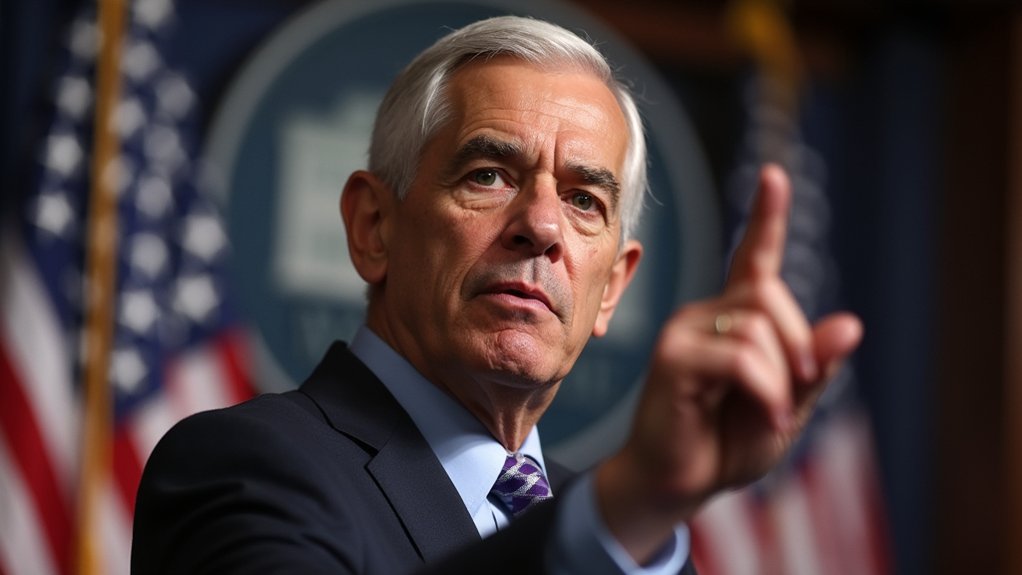While the cryptocurrency industry has weathered regulatory uncertainty for years like a ship steering through stormy seas without a compass, the imminent passage of the GENIUS Act under the Trump administration represents a pivotal moment that could fundamentally reshape Bitcoin’s trajectory. The legislation, which has surprisingly gained bipartisan support after Senate Democrats lifted their opposition, establishes the first extensive regulatory framework for stablecoins—those digital assets pegged to traditional currencies that serve as the essential bridge between conventional finance and crypto markets.
The GENIUS Act’s approach proves revitalizing and pragmatic, dividing oversight responsibilities based on issuer size: the Federal Reserve and Office of the Comptroller of the Currency will supervise large payment stablecoins, while entities below $10 billion fall under state jurisdiction. This tiered structure addresses systemic risks without stifling innovation—a delicate balance that previous regulatory attempts have fumbled with remarkable consistency. The legislation requires stablecoin issuers to maintain 1:1 reserve backing in high-quality liquid assets, providing crucial stability to the $180 billion market.
Bitcoin’s recent performance suggests markets are already pricing in this regulatory clarity. The cryptocurrency surged past $111,000 in May 2025, delivering a 15% year-to-date gain that handily outpaced the S&P 500’s 7% increase. More tellingly, spot Bitcoin ETFs have attracted $14.4 billion in net inflows by July, signaling institutional appetite that would have seemed fantastical just years ago. White House crypto tsar David Sacks emphasized that the bill could create trillions in demand for US Treasuries, highlighting the potential macroeconomic implications of this regulatory framework.
The Trump administration’s broader deregulatory stance—including disbanding the DOJ’s National Cryptocurrency Enforcement Team and reducing SEC enforcement actions—creates an environment where institutional players like Michael Saylor’s MicroStrategy (with over $63 billion in Bitcoin holdings) can operate with greater confidence. Major financial institutions including JPMorgan, Morgan Stanley, and BlackRock are expanding their crypto offerings, transforming Bitcoin from a fringe asset into a legitimate portfolio component. Meanwhile, crypto businesses continue to navigate varying state regulations, with Wyoming’s crypto-friendly laws providing a stark contrast to New York’s stringent BitLicense requirements.
Perhaps most notably, the proposed Strategic Bitcoin Reserve and US Digital Asset Stockpile represent government acknowledgment of Bitcoin’s strategic importance. With treasury companies emerging as dominant market participants and regulatory frameworks finally crystallizing, Bitcoin’s path toward $120,000 appears less speculative fantasy and more mathematical inevitability—assuming, of course, that markets maintain their current enthusiasm for assets that didn’t exist two decades ago.







